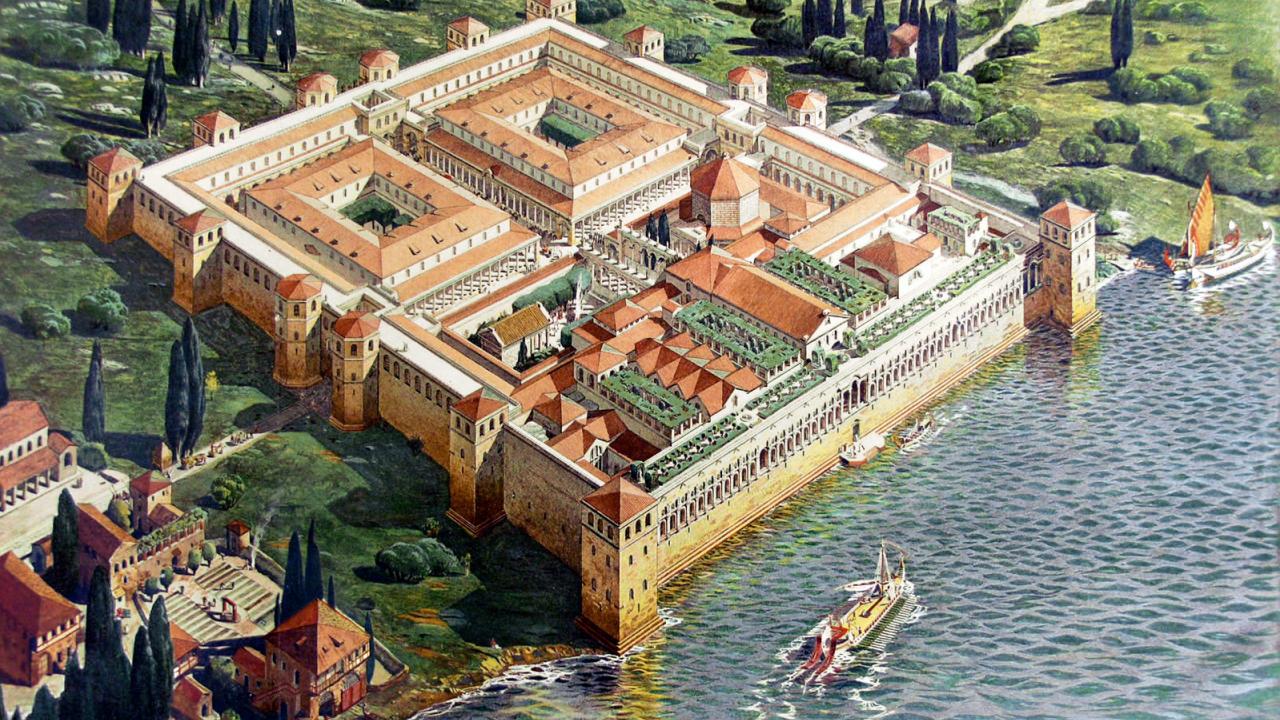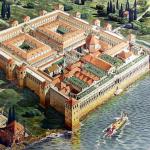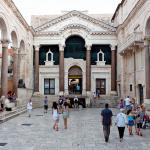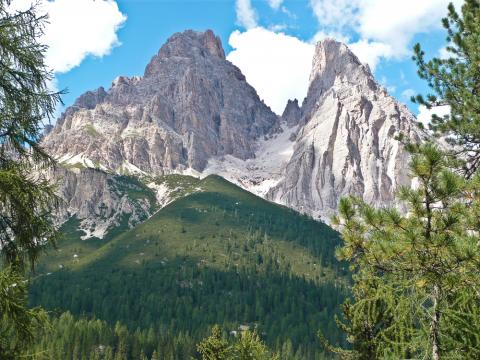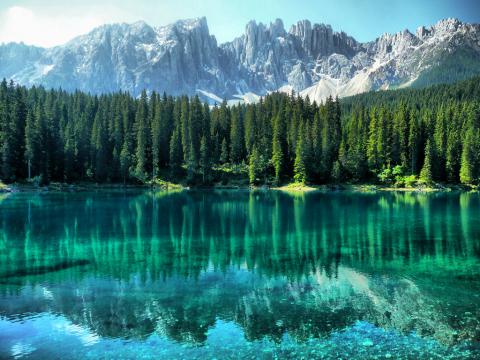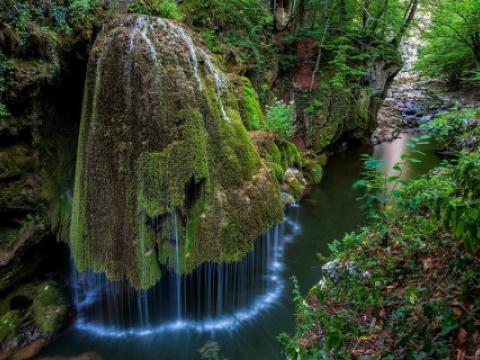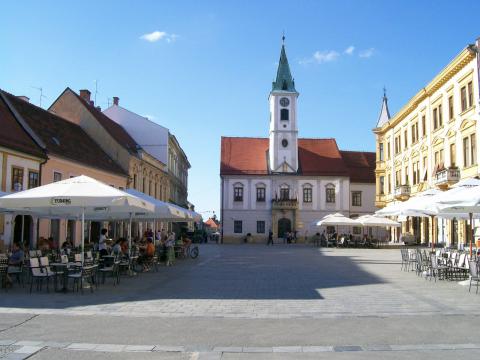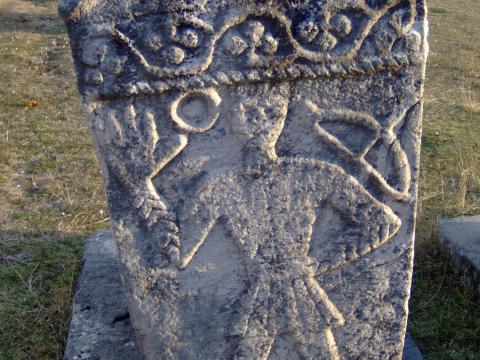Location
Diocletian’s Palace is an ancient residence of the Roman Emperor Diocletian, designed to house him after his retirement in 305 AD. After the Romans moved away from here, the palace remained abandoned until the 7th century, when it became a permanent settlement. Today the palace, along with adjoining areas to the west, forms the very heart of Split. Many shops, restaurants, bars and apartments for tourists can be found within the palace.
Since 1979, the palace is a UNESCO World Heritage Site. The palace has been featured on the reverse of the 500 kuna banknote, the edition issued in 1993. If you are a Game of Thrones fan, you might be familiar with Diocletian’s Palace, as it was used all throughout the fourth season of the series as a filming location.
The palace is open from 9AM to 11PM. It is located near the southern port of Split and near the train station and is pretty easy to recognise.
Most of the area can be freely visited, although certain locations require additional fees that have varying costs.







